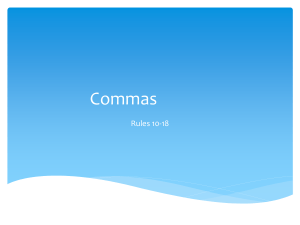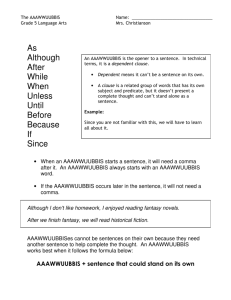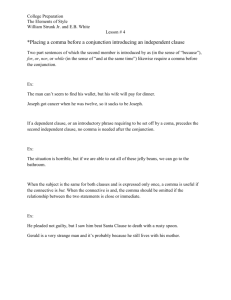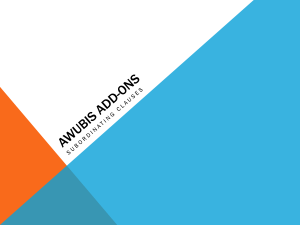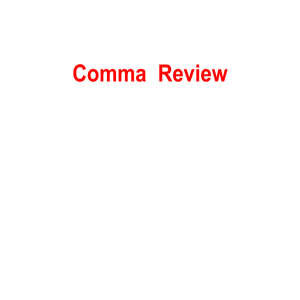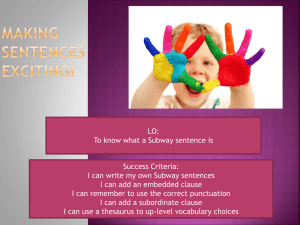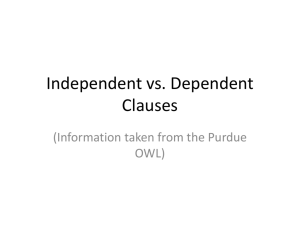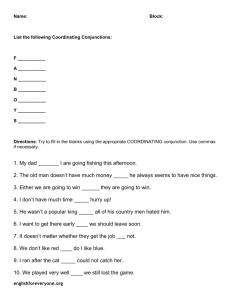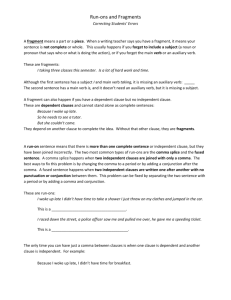Research Paper Grammar Editing
advertisement
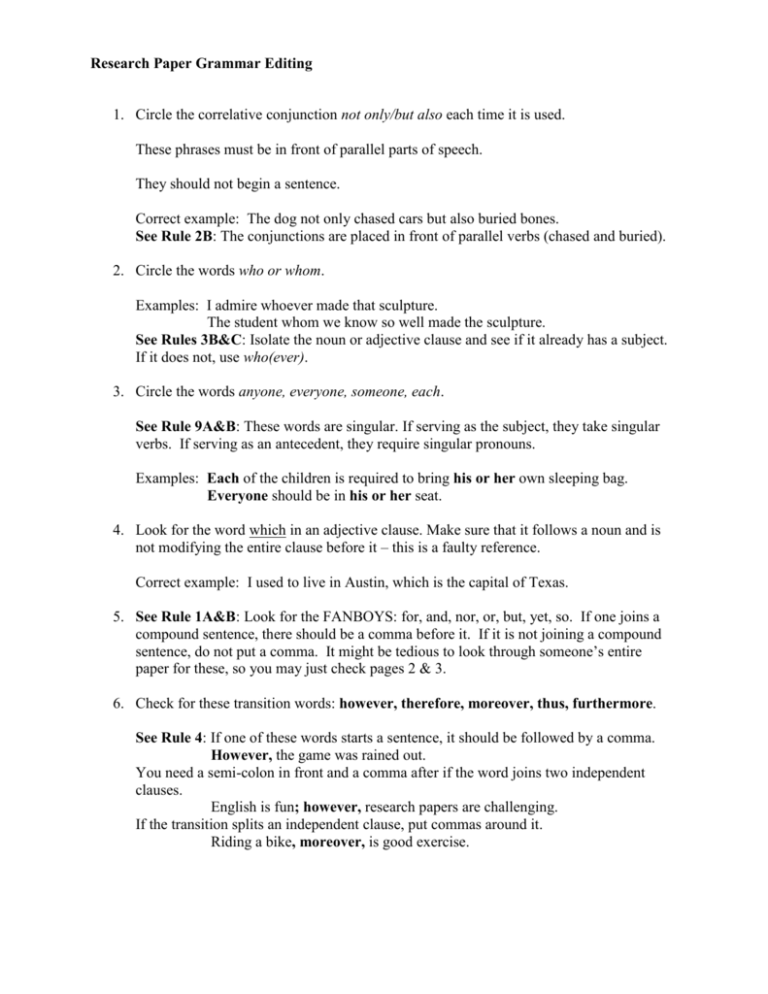
Research Paper Grammar Editing 1. Circle the correlative conjunction not only/but also each time it is used. These phrases must be in front of parallel parts of speech. They should not begin a sentence. Correct example: The dog not only chased cars but also buried bones. See Rule 2B: The conjunctions are placed in front of parallel verbs (chased and buried). 2. Circle the words who or whom. Examples: I admire whoever made that sculpture. The student whom we know so well made the sculpture. See Rules 3B&C: Isolate the noun or adjective clause and see if it already has a subject. If it does not, use who(ever). 3. Circle the words anyone, everyone, someone, each. See Rule 9A&B: These words are singular. If serving as the subject, they take singular verbs. If serving as an antecedent, they require singular pronouns. Examples: Each of the children is required to bring his or her own sleeping bag. Everyone should be in his or her seat. 4. Look for the word which in an adjective clause. Make sure that it follows a noun and is not modifying the entire clause before it – this is a faulty reference. Correct example: I used to live in Austin, which is the capital of Texas. 5. See Rule 1A&B: Look for the FANBOYS: for, and, nor, or, but, yet, so. If one joins a compound sentence, there should be a comma before it. If it is not joining a compound sentence, do not put a comma. It might be tedious to look through someone’s entire paper for these, so you may just check pages 2 & 3. 6. Check for these transition words: however, therefore, moreover, thus, furthermore. See Rule 4: If one of these words starts a sentence, it should be followed by a comma. However, the game was rained out. You need a semi-colon in front and a comma after if the word joins two independent clauses. English is fun; however, research papers are challenging. If the transition splits an independent clause, put commas around it. Riding a bike, moreover, is good exercise.
